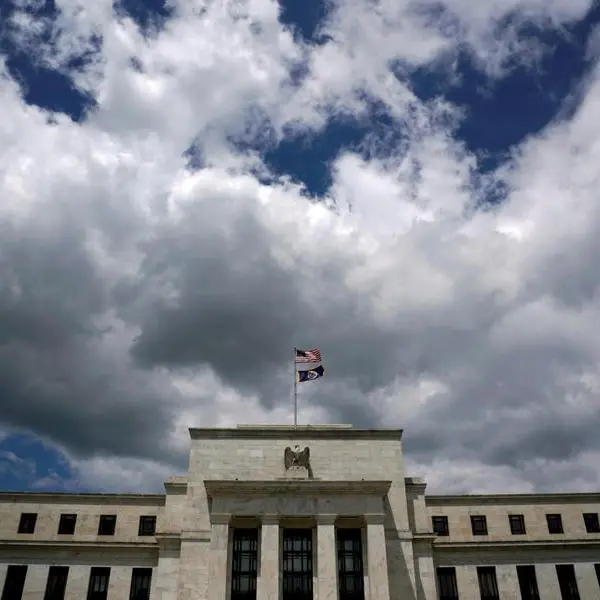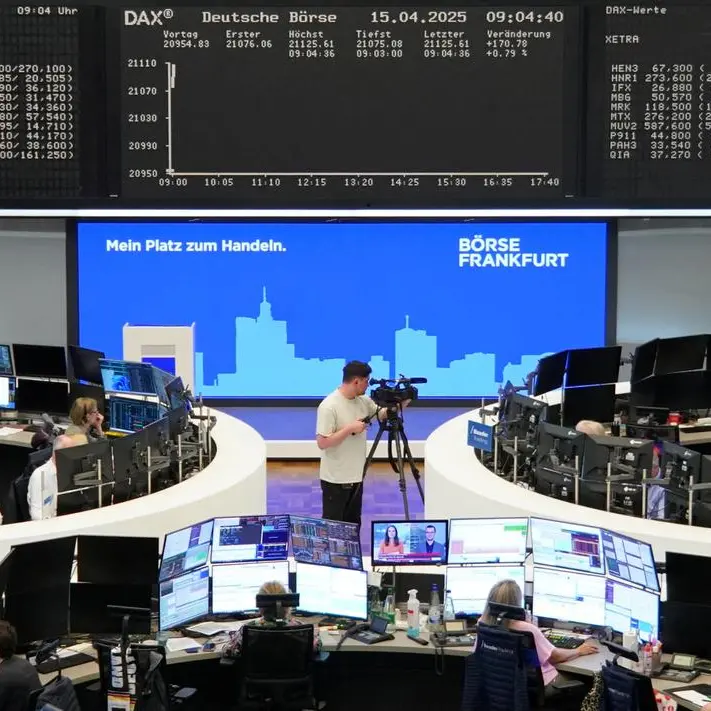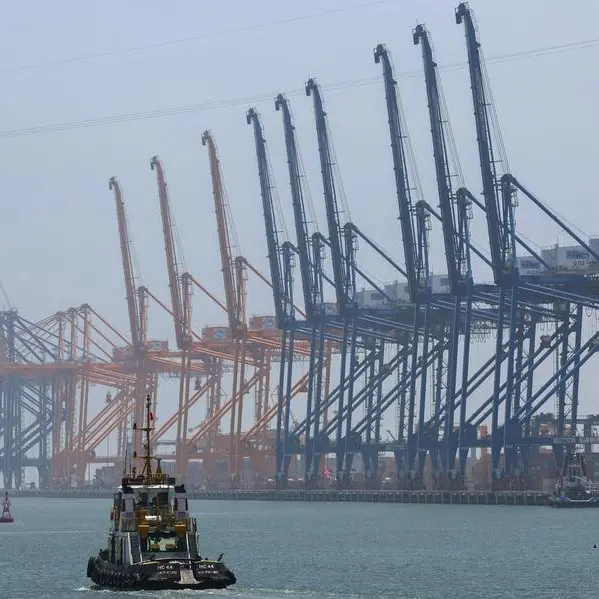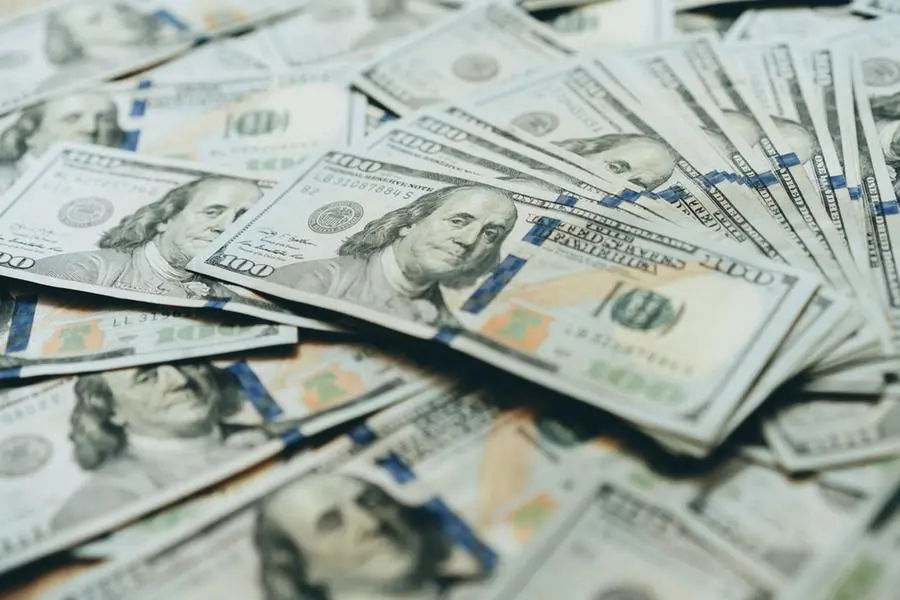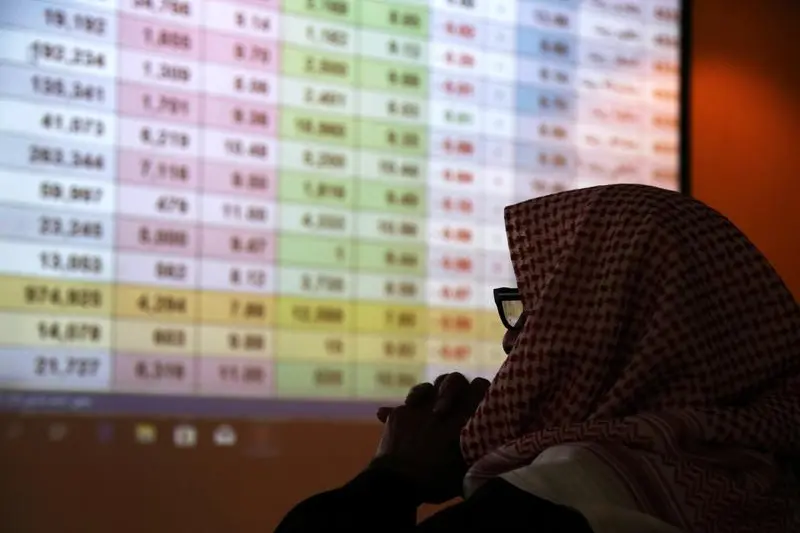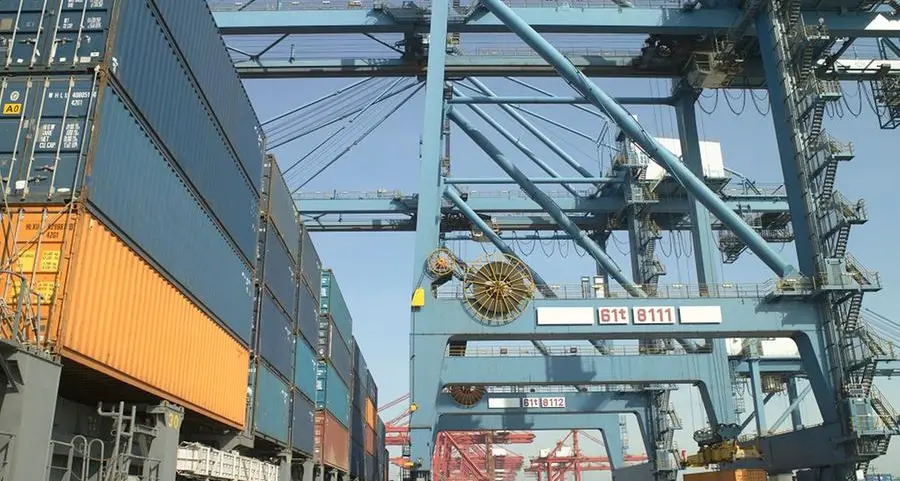PHOTO
An employee counts U.S. dollars in an exchange house, in Bogota, Colombia January 27, 2025. REUTERS/Luisa Gonzalez.
(The views expressed here are those of the author, the CEO and co-CIO of Eurizon SLJ asset management.)
The dollar appears set to embark on a multi-year correction against a wide range of currencies, even in the absence of a trade war, as the dollar’s lofty Wall Street valuation runs up against Main Street reality.
After the announcement of broad-based tariffs on President Donald Trump’s "Liberation Day" on April 2, global equity markets experienced a violent correction, and the dollar initially weakened – undermining the consensus idea that tariffs equal a strong dollar.
This episode has raised the question of whether the “Dollar Smile” has stopped working, as this rule of thumb would suggest that a risk-off scenario should lead to a strong dollar.
But I don’t think the dollar smile is obsolete. I think what’s happening is that the dollar’s lofty clearing price in asset markets is finally converging with its real value in the goods market.
OVERVALUATION
Trade globalisation has enriched the rest of the world over the past quarter of a century, but a multi-polar real world has not been accompanied by a multi-polar financial world: the dollar and dollar assets have continued to dominate.
This unipolar financial world means that there has been huge foreign demand for USD assets, disproportionate to the relative size of the U.S. economy. This has arguably led to an over-valuation of the dollar, ever-larger external deficits for the U.S. and an uncompetitive manufacturing sector, as the cost of manufacturing labour has priced the U.S. out of global markets.
The dollar index was around 19% too expensive at the end of 2024, according to our valuation framework, using the median valuation across 34 currencies.
This is the third episode of a dollar overshoot in the last 40 years, following those in the mid-1980s and around 2000.
While the size of the current dollar overshoot is slightly less extreme than that witnessed in 1985, on the eve of the Plaza Accord – a joint agreement to weaken the dollar – the current episode is the longest.
By our calculation, the dollar has been over-valued for 10 years, almost double the length of the prior two episodes.
EXCEPTIONAL MIRAGE
Much of the dollar appreciation in recent years was justified with the ‘American Exceptionalism’ narrative, the idea that corporate America was simply more productive, more profitable and more dynamic than the rest of the world.
But that story appears to have been part genuine and part a mirage.
The U.S. economy has enjoyed a premium in productivity growth over other major economies in recent years, with an average annual labour productivity growth rate in the past decade of about 1.4%, compared to 0.5% in Europe.
However, these productivity measures may be misleading. For one, the tech sector has almost certainly boosted them. There is little evidence that the U.S.’s traditional manufacturing and services sectors like healthcare or education are more productive than their respective sectors overseas.
More importantly, the outsized – and unsustainable – fiscal stimulus of some 6.5-7.0% of GDP in recent years has flattered many of the macroeconomic measures that have helped substantiate the ‘American Exceptionalism’ notion.
CAPITAL REPATRIATION
The dollar’s elevated valuation is also vulnerable because it is highly exposed to the risk of a ‘sudden stop’ in foreign capital inflows, given the U.S.’s huge net foreign liability position.
In 1980, the U.S. net liability position was worth about 10% of GDP. It has now surged to 85% of GDP.
The trade war is far from over, and the more protracted it becomes, the more the Fed will be under pressure to provide monetary stimulus, while much of the rest of the world will be under pressure to provide fiscal stimulus.
The resulting weaker dollar could, in turn, fuel prospective repatriation of short-term capital back to surplus jurisdictions like Europe or China. Several European countries, including Britain, Ireland, Germany, and France, hold substantial short-term capital that could potentially be repatriated easily. In aggregate, these four European countries hold more than $8 trillion of U.S. equities and bonds.
SHADOW PRICES
There are at least two shadow prices for any currency exchange rate: one reflects the capital markets, and the other reflects the real economic fundamentals. In most countries and most of the time, these shadow prices track each other. But in the U.S., the former has been materially higher than the latter for years, creating an unsustainable and vulnerable setting for the lofty dollar.
And the dollar’s overvaluation has been one factor contributing to the U.S.’s loss of manufacturing competitiveness.
Trump’s tariffs are a reaction to this unpleasant reality.
Given the administration’s stated goals of reshoring manufacturing and reducing the country’s twin deficits, it makes little sense to us to expect the dollar to appreciate in response to the trade war, no matter where tariffs end up.
If anything, it is more likely that the administration will be focused on guiding the dollar lower to give U.S. manufacturers a chance to compete in fiercely competitive global markets.
(The views expressed here are those of Stephen Jen, the CEO and co-CIO of Eurizon SLJ asset management.)
(Writing by Stephen Jen; Editing by Anna Szymanski and Stephen Coates)
Reuters



